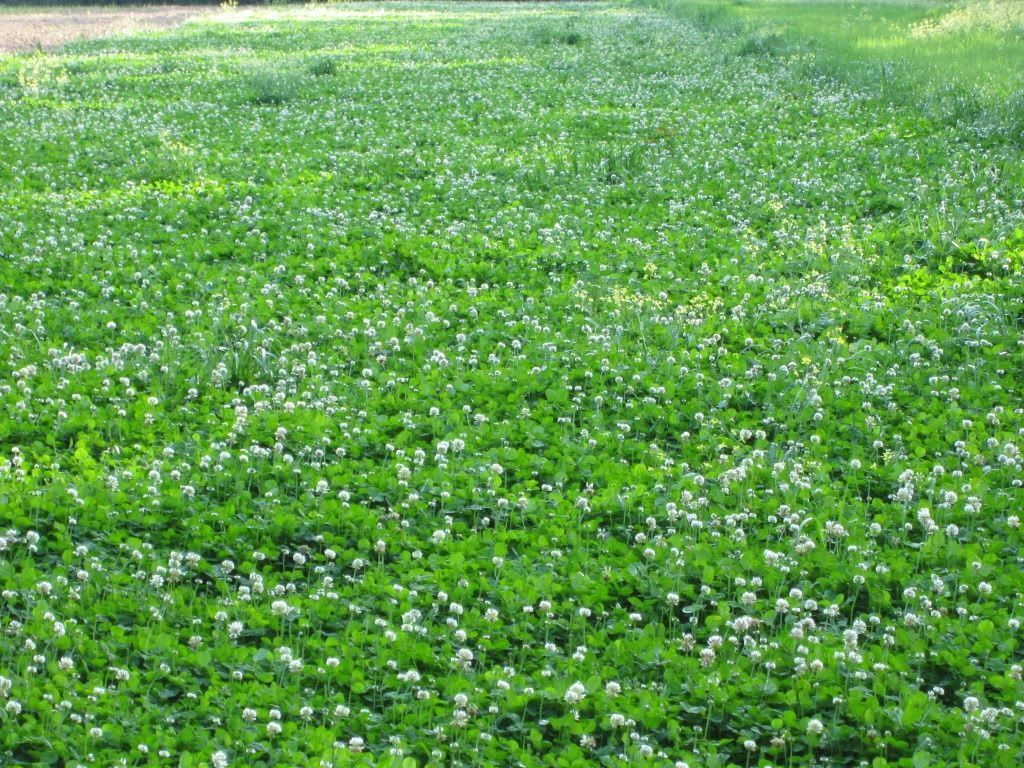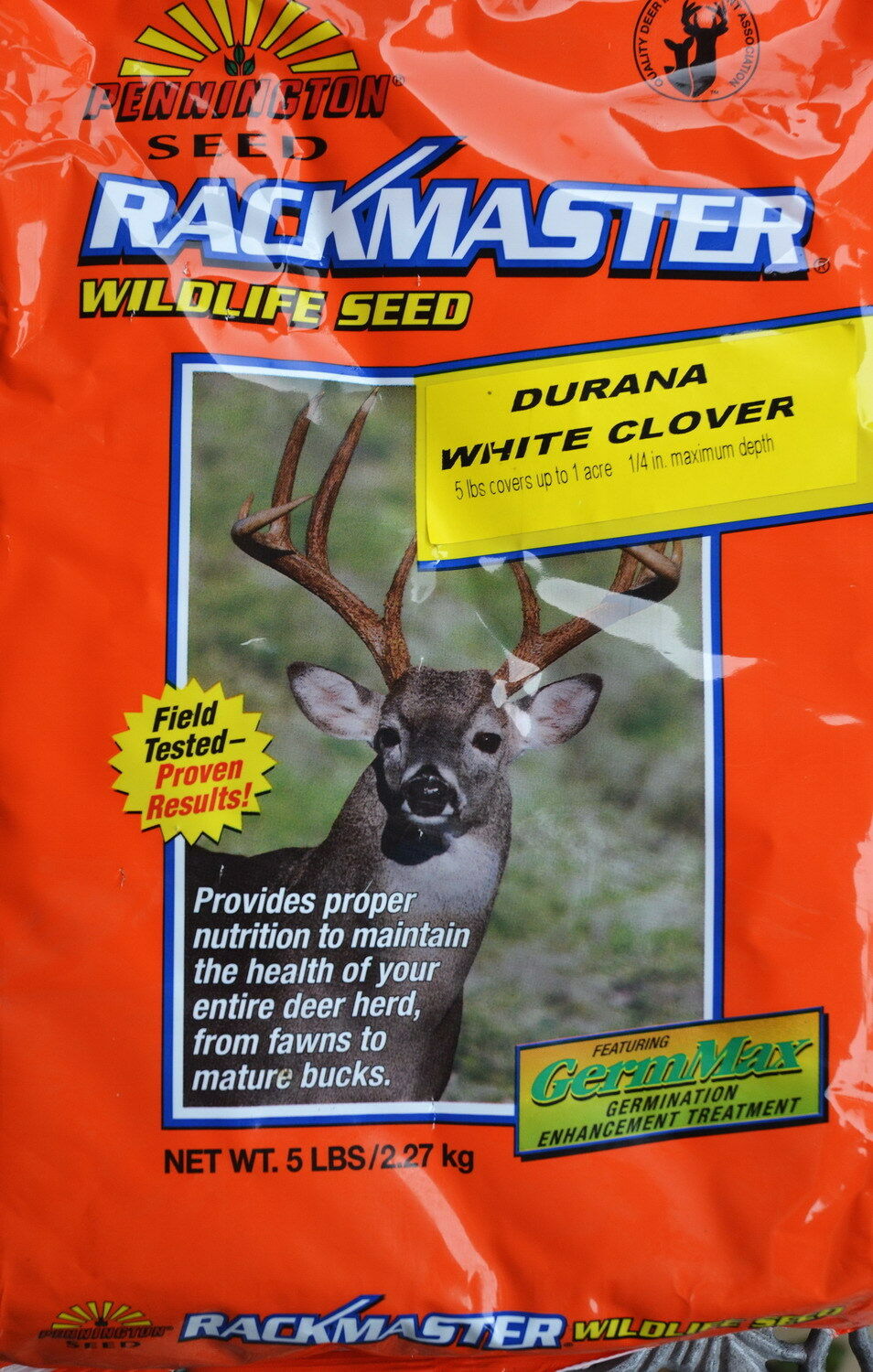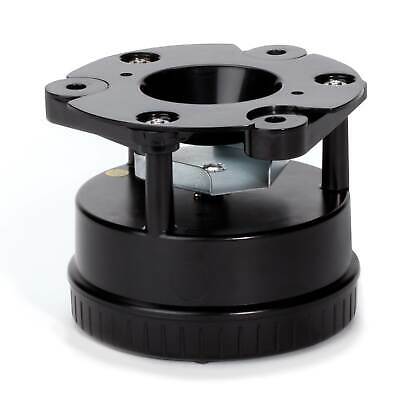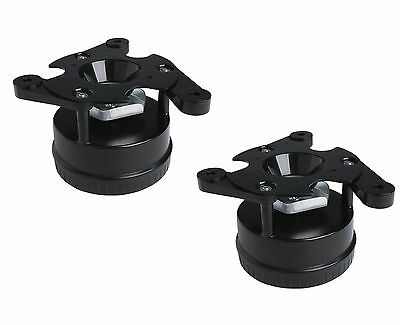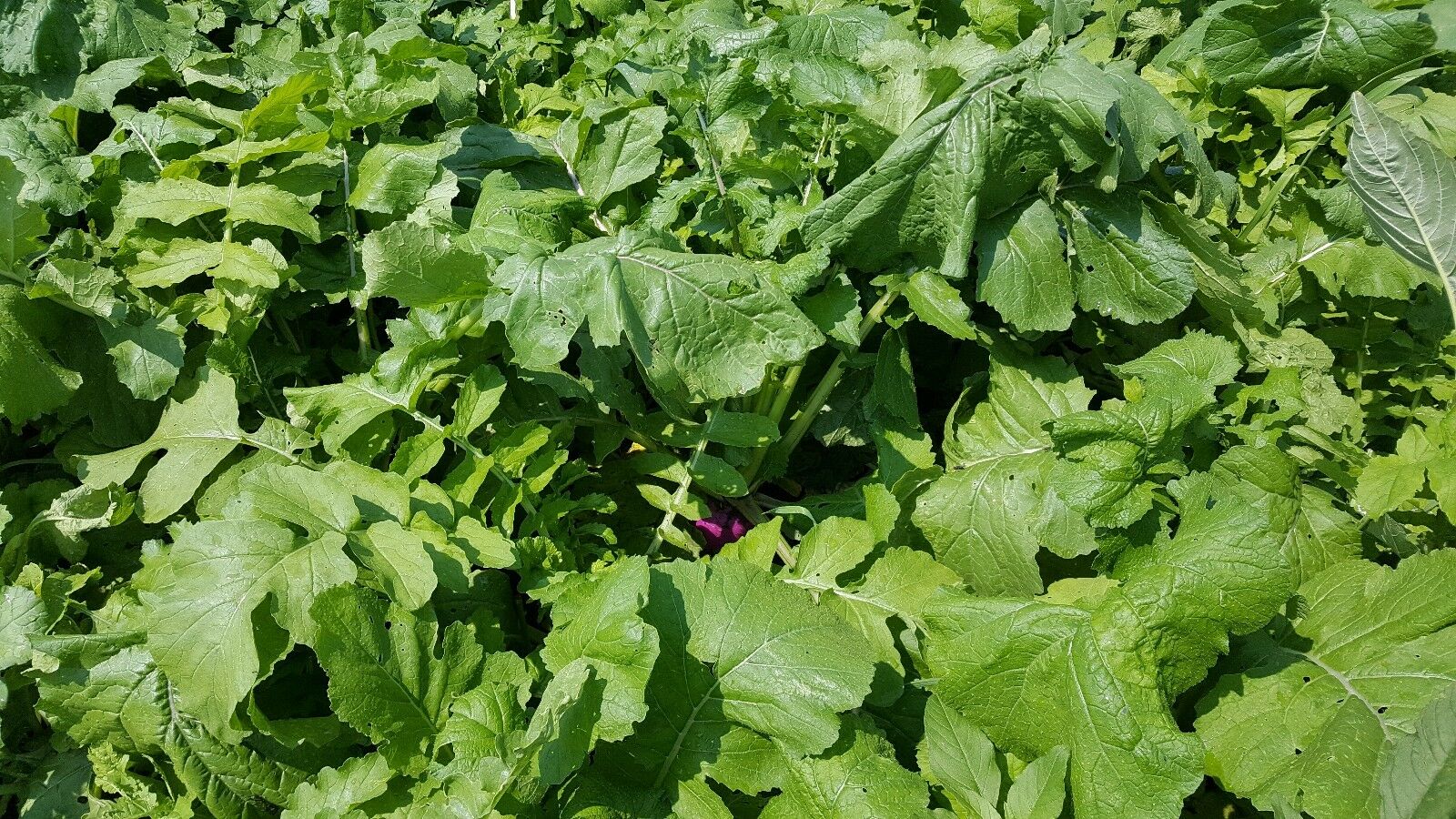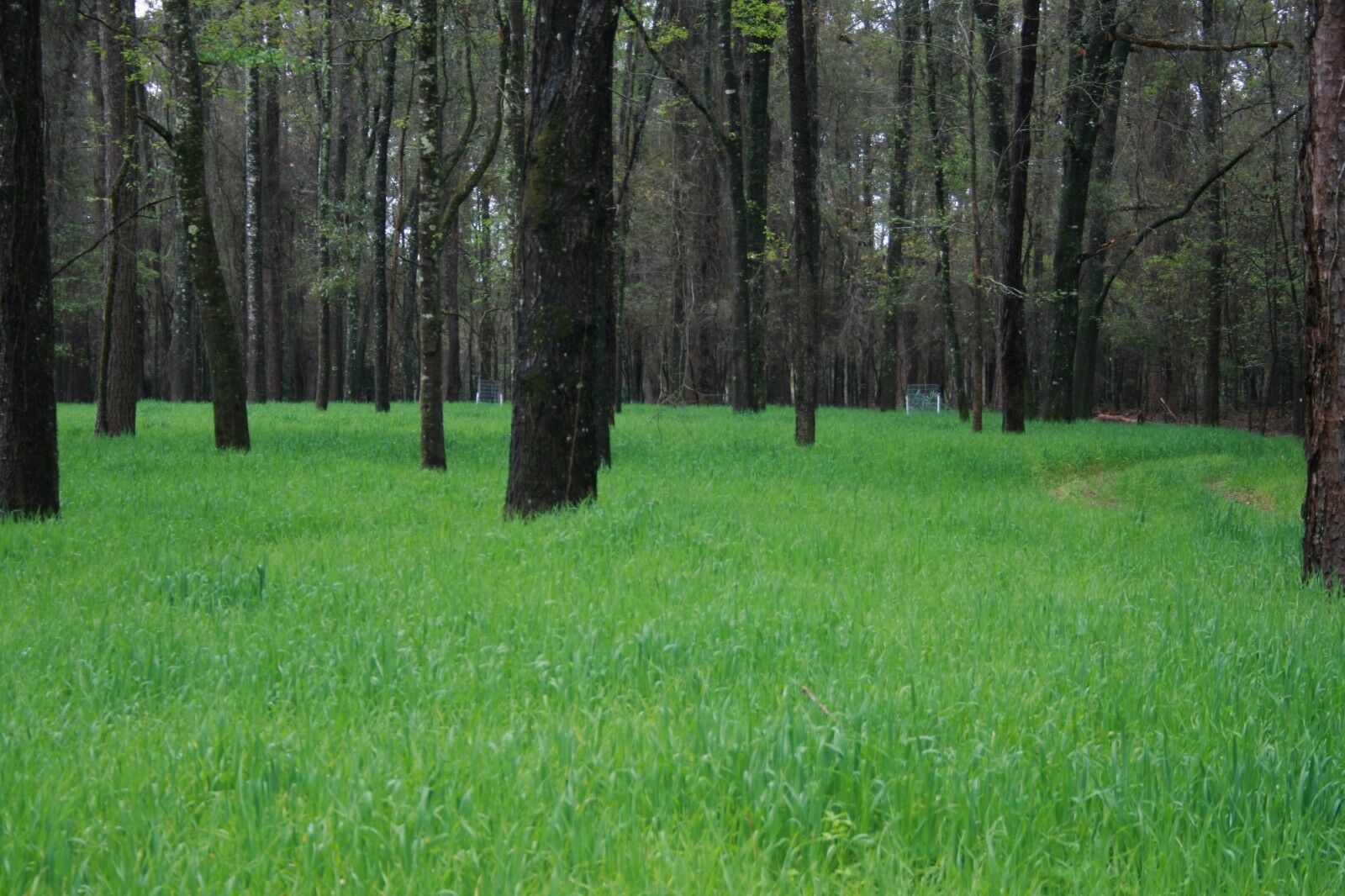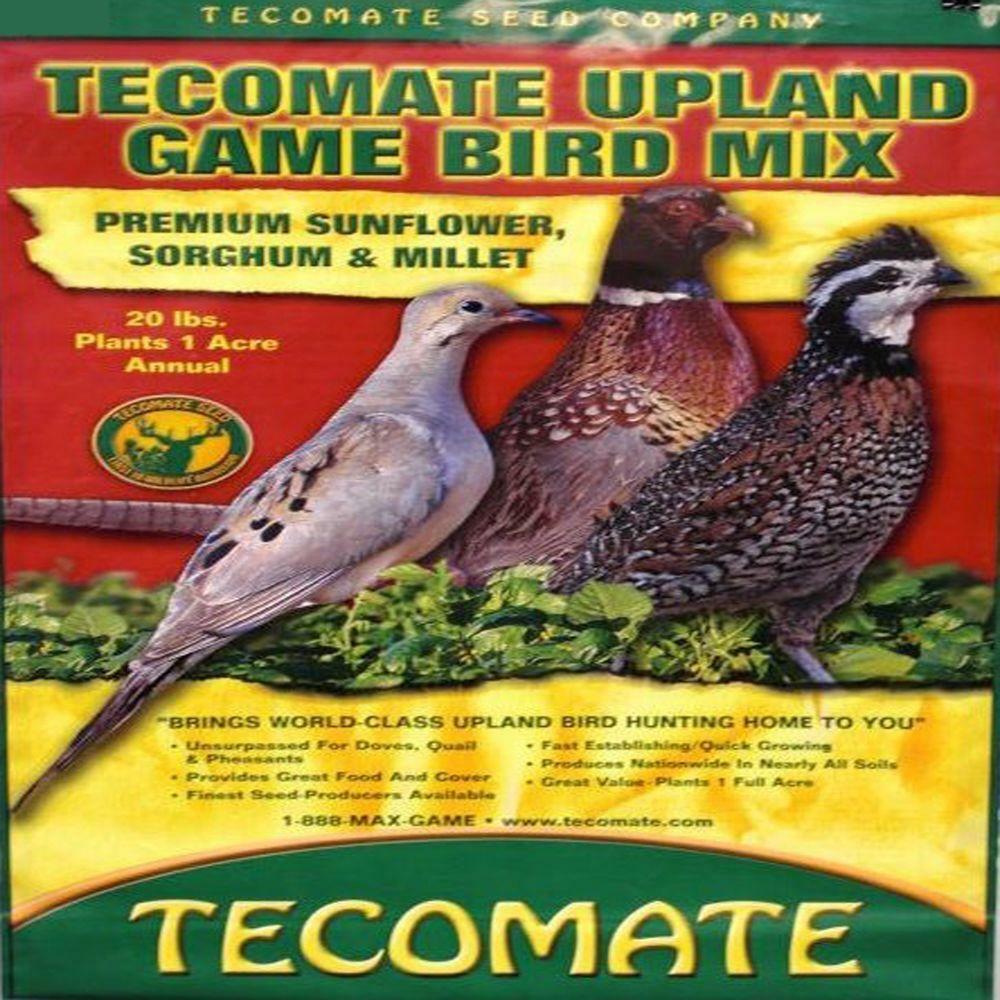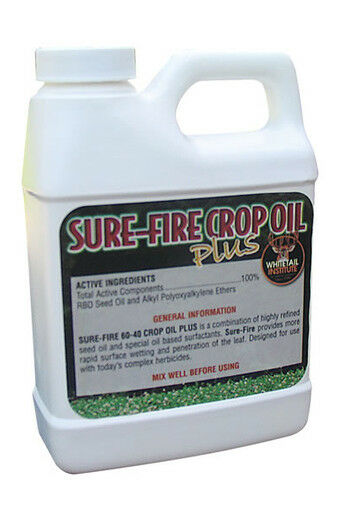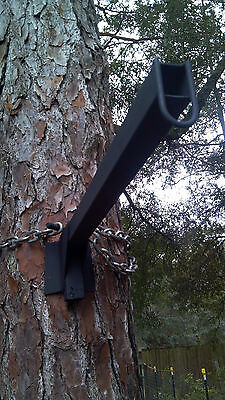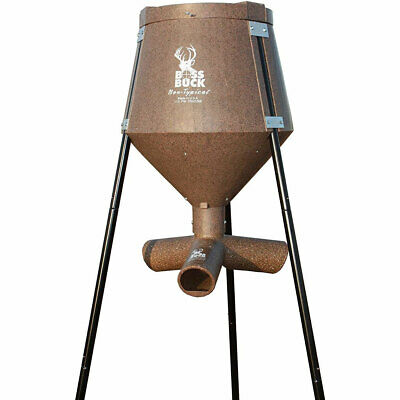-40%
Durana Clover Seed - 1 lb.
$ 8.85
- Description
- Size Guide
Description
Durana Clover SeedType:
Cool season perennial legume
Adaptation:
From Eastern Texas and Oklahoma across the South to the Atlantic coast and north along a line from Macon, GA to Dallas, TX. Durana persists well under grazing.
Uses:
Durana is highly persistent under grazing and is best used to enrich existing, unimproved cool or warm season grass pasture, especially if ridding a pasture of toxic fescue is not an option. Excellent for grazing fall through early summer. Durana increases the attractiveness and nutritional value of wildlife food plots, alone or in a mixture.
Benefits:
Research and ranch experiences repeatedly demonstrate the superior feed value of a white clover-grass mixture compared to grass alone. Improvements in conception rates, milk production, calf weaning weights, daily gains and animal health can be realized. Durana-grass mixtures may also be used for high-quality hay or silage. Durana also captures atmosheric nitrogen - 50 to 125 lbs. per acre per year.
Nutrition:
18 to 28% crude protein and total digestable nutrients(TDN) ranging from 65 to 85%. Highest values will be obtained with a vegetative to 10% bloom harvest. Maturity of the crop at harvest will determine individual results.
Planting:
Rate:
3 lbs./acre drilled or broadcast into established pastures; 5 lbs./acre for a pure stand.
Date:
September - November in southern U.S. Frost seeded-February and March. Spring seeded in late March or April.
Method:
Graze or clip pasture close prior to seeding.
Depth:
1/4 inch maximum; many stand failures result from seed planted too deep.
Fertilizer:
Liming to a pH of 6.0 and providing adequate levels of potassium and phosphorus are necessary to ensure a productive clover stand. Soil testing is highly recommended; see your local county extension office for details.
Management:
Durana seed is pelletized with a coating of lime and selected Rhizobia strains for optimal nitrogen fixation and once established and nodulated will not require the adition of nitrogen. Clip or harvest surplus forage in understocked pastures. Under continuous grazing, keeping the grass height at 2 to 6 inches will help maintain the clover and control the grass and weeds.
Special Considerations:
Bloat can be a problem for animals on pastures with a large proportion (>35%) of white clover. Bloat-preventative supplement materials are recommended.
